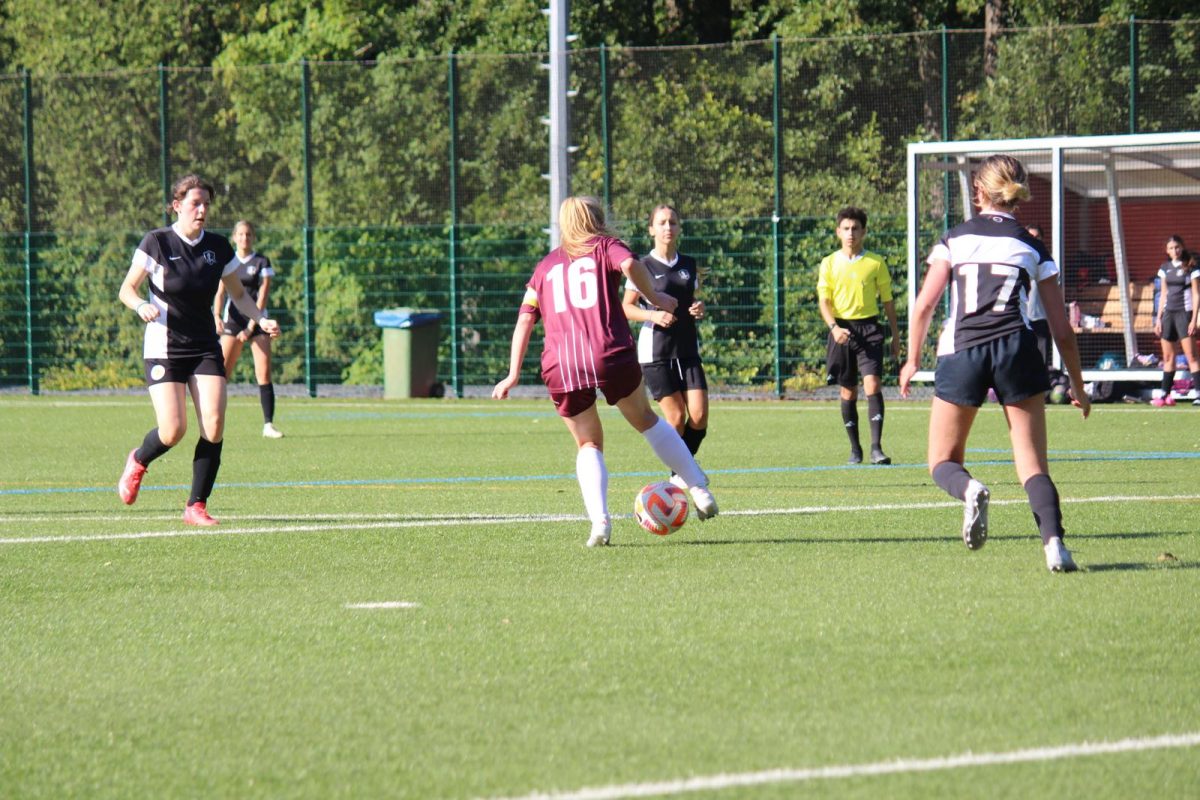When reviewing cinematic history, it is unsurprising to note that film undeniably followed conventions of society by adhering strictly to heteronormative, Euro-centric, and financially privileged ideals. This refers to a perpetual focus on depictions of circumstances found only among the privileged. Few directors would have dared to challenge the consensus reached by the masses and stray from portrayals of the top one percent. Mainstream media output today, although deemed radical by some, largely aligns with outdated representations of individuals. Only recently are writers, directors, and casting directors beginning to be held accountable on a small scale. However, a fundamentally unrecognised element of representation in cinema is that of the family as a whole. While individual representation matters, it is important to question how depictions of families in film influence how we as consumers think of the conventions imposed on us and whether or not we think critically about societal expectations.
The Concept of the ‘Nuclear Family’
Cambridge defines the term ‘nuclear family’ as “A family consisting of two parents and their children, but not including aunts, uncles, grandparents, etc.,” which resembles a significant number of families today; still, the focus on the structure of the nuclear family facilitates exclusion and makes it easier to gravitate towards portrayals of strictly heterosexual, white, affluent, and able-bodied families. This is due to the fact that marginalised families are less likely to conform to the nuclear structure.
The Danger of the Nuclear Family
Harm done by the nuclear structure of families does not only arise through artificial media; the way the family consisting strictly of mother, father, and child is idealised and enforced on a global scale perpetuates significant harm in more ways than one. As chronicled by Vicki Larson, “The nuclear family can be extremely dangerous for children” and parents alike. Dysfunction in this family model is inescapable, Larson goes on to write, and implications range from suicide and a lack of a community of caregivers to filicide, the murder of one’s children, in extreme cases.
Without the aforementioned community of caregivers, children become restricted, alone, emotionally or otherwise neglected, and lack a feeling of inclusion while parents are overworked, unfulfilled, and blamed – especially mothers. In accordance, families or individuals who do not conform to the ideals of the nuclear family are disproportionately affected by harmful expectations brought forth by the model. People who can are pressured to have children, to get married, and to sacrifice potential career success or other aspirations for the wishes of the master narrative, which gravitates toward exclusion of the marginalised. Single parents are shamed and expected to stay afloat with minimal assistance. And those who remain childless are labelled as hedonistic and self-indulgent. In general, pressure to conform to expectations and accepted social constructs facilitates estrangement and struggle for everyone involved.
The Role of Cinema
Film has been a tool for communication and the spreading of societal standards since its invention and popularisation. It possesses an absurd force of agency in eliciting a feeling of discomfort resulting from a failure to satisfy the typically traditional, Western standards of life. A prime example of cinematic depictions of the necessity of the nuclear family model is Robert Wise’s “The Sound of Music.”
The classic musical follows the large family of widower Georg von Trapp and Maria, a young governess who enters the scene to assume the role of mother to the children. It enforces the idea that the traditional family model is indispensable by depicting a dysfunctional non-nuclear family with a single father, which gradually ascends into functionality with the addition of a maternal figure. Additionally, the film pushes this idea of weaponised incompetence with reference to fathers being incapable of filling the emotional needs of their children and needing a nurturing woman to take over and maintains the concept of women having one purpose – sacrificing themselves for the well-being of others. Maria, the governess and, later, mother, had dreams of dedicating her life to her religion and lived as a novice in her religious order. However, she was revealed to be a helpless lost cause until she was thrown into a motherly position against her initial wishes.
Concerningly, this phenomenon is still occurring today. While we may not see as many instances of overt praise of this traditional family model, it can be said that the sentiment is elucidated through the rejection of alternative structures in film. To explore this further, consider Wes Anderson’s “The Royal Tenenbaums.” Although the film beautifully illustrates a complex family with unique dynamics, at its core, it provides a largely negative account of a non-nuclear household. “The Royal Tenenbaums” centres itself around the three children of a mother and an estranged father who manipulates his eccentric family into welcoming him back into their lives. Consequences of an atypical family are demonstrated throughout the film using the children’s peculiarities as a means to dismiss alternative structures. The children, pictured as adults for the majority of the film, are seen to face extreme difficulties with disillusionment, disorientation, and dysfunction in relationships to the point of depicting borderline incestuous behaviours. Here the damage is evident as it implies a claim that the lack of a father figure enables emotional detachment and unhealthy relations. This can be translated easily into homophobic and misogynistic rhetoric in real world applications of this nuclear narrative.
From a contrasting perspective, “The Royal Tenenbaums” is, as Anderson’s films tend to be, a layered and intricate film to be interpreted in various ways. Thus, one could argue that, in actuality, the film exists as a critique of the nuclear model in the sense that it sheds light on the repercussions of the immense pressure to conform to the structure i.e. divorce, disconnect, cross-generational issues, and so on.
The Solution
In order to tackle the danger of cinematic influence with regard to traditional and often inaccurate representations of families, it is vital to engage critically with the media we consume and to know where we stand in relation to accuracy of representation and its implications. Remaining unaffected by lack of representation or flawed representation comes from a place of privilege and ignorance to this can be combated through discussion and critique of portrayals in the media. The solution is not to censor cinema or to stop making films that comment on either nuclear or alternative family models, but to understand the implications thereof and pursue visions with clear intentions. With an increase in discourse around topics of representation in media, the power of media, the significance of consumption, and the dangers of explicitly promoting the nuclear family, media literacy will improve and generally, society will benefit.







